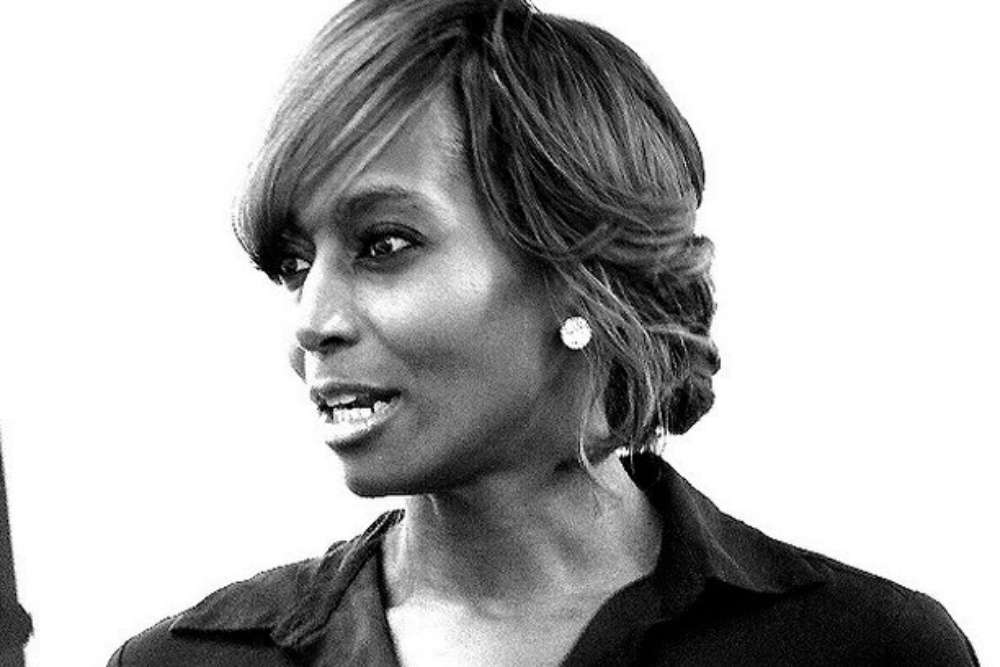
Being mindful means being consciously present in what you are doing
In 2018, I set a goal to read 52 books for the year. I have read ten so far. Feeling accomplished, I wrote about my book challenge. So many people responded with questions like: Do you ever sleep? Where do you find time to read?
We live in a world in which we are juggling so many things at once. While finishing an email, we are on the phone with a client, updating our calendar, preparing to go to a meeting, and on and on and on. This is a normal day for many people. However, we need to understand the difference between multitasking and efficiency.
When we get home from work, we are bombarded by so many sounds and notifications like Instagram, Facebook, Facebook Messenger, Whatsapp, Linkedin and all these social apps we are tethered to. When do we have time to breathe? Why do we respond to everything with such urgency?
I started to meditate seriously in 2015. Before this, I tried to meditate but didn’t stick with it. I just wasn’t ready. When I discovered Naam Yoga everything changed and I started to practice daily. Meditating has worked wonders in my life. Eventually I explored other mindfulness practices and they all worked well. You need to try out different systems to find what works for you.
To answer the question where do I find time to read: by being present. When I am reading, cooking, spending time with my family, writing an email, talking to my clients, preparing a presentation, mentoring someone, laughing, dancing — I am fully present and conscious that I am doing the activity.
Mindfulness is about being aware and awake. To be mindful at work means to be consciously present in what you’re doing, while you’re doing it, as well as managing your mental and emotional state. If you’re writing a report, speaking with a client, in a meeting with your boss, etc. mindfulness requires you to give your full attention.
Here are some tips that will help you to transition to a more rigorous mindfulness practice!
1. Start your workday by being present as best you can. Pause for a few moments before you start your work day. Try not to start immediately answering emails, phone calls, or Facebook notifications. Instead, take a few minutes to breathe and organize your day. These little moments add up to make the day a more productive one.
2. Be a Single-Tasker. Single-tasking is doing one thing at a time. To do this block off 3 hours of time solely to work on projects. Switch off as many distractions as you can and focus on achieving one task at a time.
3. Slow Down To Speed Up. By slowing down, you become more efficient, productive, happy, resilient and healthy at work. This allows your brain to become even more efficient, focused, effective at communicating with others, and better at learning new skills.
4. Cultivate Humility. Humble people have confidence in themselves and don’t feel the need to continuously remind others of their achievements. Humility does not mean seeing yourself as inferior; rather, it means being aware of your natural dependence on and equity with those around you.
5. Accept What You Can’t Change. Acceptance lies at the heart of mindfulness. To be mindful means to accept this present moment just as it is. It means to accept yourself, just as you are now. It doesn’t mean resignation or giving up. If you have dreams of leaving your workplace to start your own business, just take baby steps to get there and remain positive about the outcome. Mindfulness is about giving attention to the present moment and not judging your innate talent or intelligence, but being open to new possibilities.
To be mindful on a daily basis no matter how chaotic life is around you, you don’t really need to be sitting cross-legged for one hour meditating! In general, becoming more mindful comes with practice! Don’t try too hard or force it to achieve any special effects! Simply relax into the process and pay as much attention as you can to what is here now. Whatever form that takes. Allow yourself to experience life as it unfolds, paying careful and open-hearted attention. A good place to start is to just breathe.

